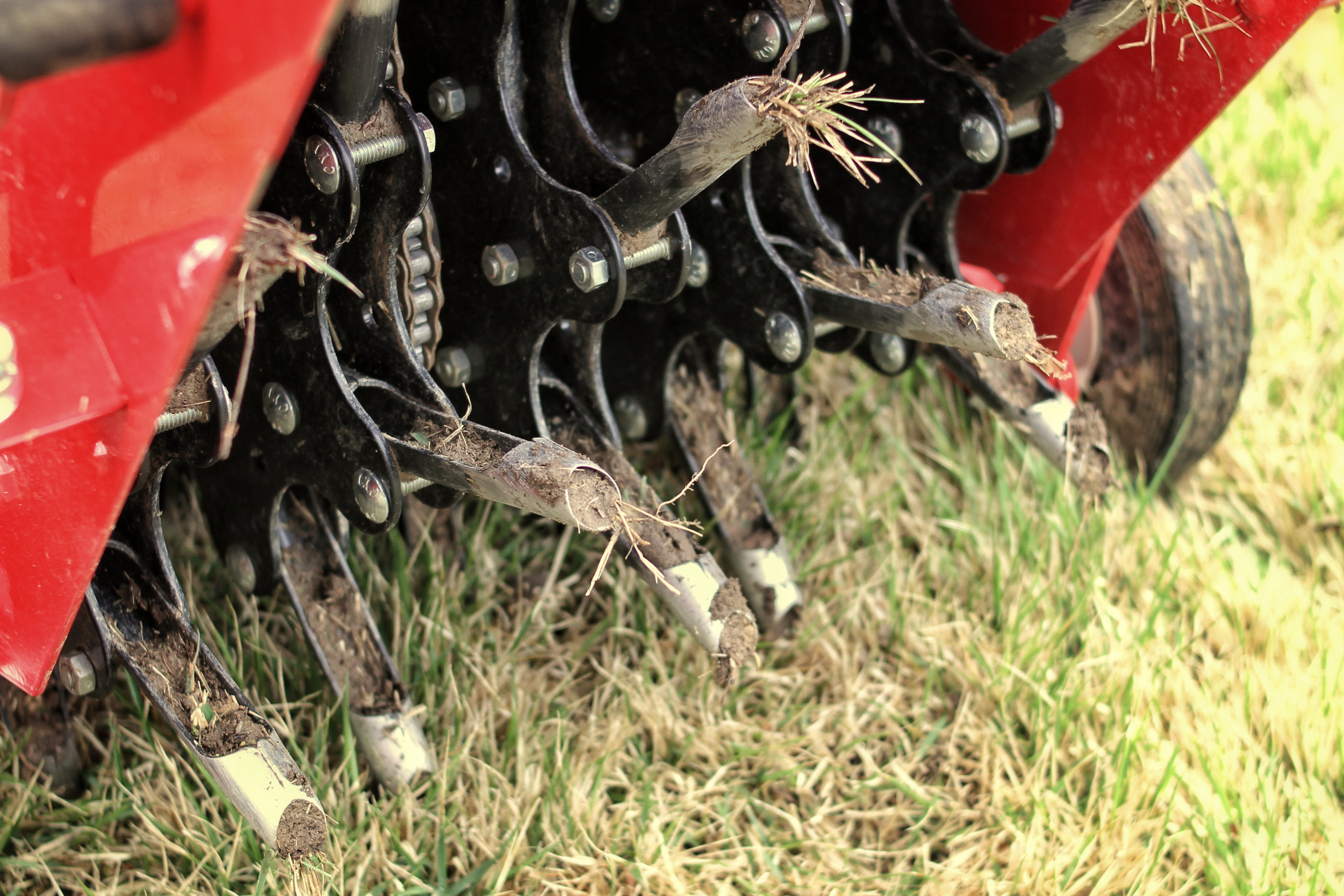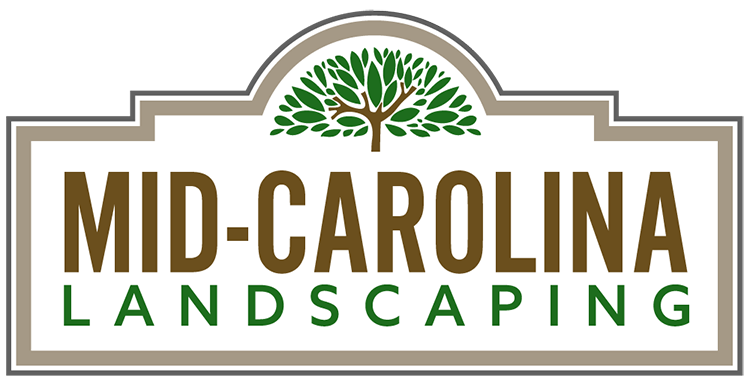Aeration & De-Thatching
Your lawn needs some love, so why not give it what it needs?
With the soil aeration from Mid-Carolina Landscaping, you can do exactly that for your lawn. Our aeration service will ensure that your lawn will be the envy of the neighborhood because of its health and perfection.
Aeration is one of the most effective and practical cultural services available for your beautiful lawn. Aeration helps control thatch, improves soil structure, helps create growth pockets for new roots, and opens the pathway for fertilizer and water to spread to the root zone of your lawn.
Annual or semiannual aeration is recommended for all lawns, especially those with thatch buildup. It’s also recommended for any lawn that needs to be thickening as well.When you aerate a lawn, you make holes in the lawn (and the soil beneath) by either pushing short spikes into turf and soil or by extracting a small plug of soil, also known as coring.
Why Aeration Is Needed?
Left alone, grass would grow tall and billowy, sinking roots deeply. These deep roots would break up the soil and form an anchor enabling turf to withstand summer heat and drought with ease. The typical homeowner, however, doesn’t leave the grass alone. Instead, we cut and edge and blow, grooming a manicured swath of sparkling green. The activities associated with maintaining a lush lawn combine to compress the soil, which suppresses root growth and hinders roots from penetrating into the soil.
If a lawn grows for years without aeration, the soil beneath will eventually harden, shrugging off fertilizer, rainfall, and supplemental irrigation. As soil becomes tighter, grass grows less, thinning and eventually dying.
Thatch Compounds the Problem
Grass plants naturally spread over soil, and occasionally, parts of individual turf plants die and begin to decompose. The thin layer of dead and decomposing bits of grass that lies between actively growing shoots and soil is called thatch. A moderate thatch layer is actually beneficial, insulating soil from sunlight and reducing water evaporation.
If thatch builds up to more than one-half inch, it begins to interfere with water, fertilizer and oxygen absorption by soil and grassroots. When a thick thatch layer is present, turf actually roots into the thatch, which offers no nutritional support—and further weakens the lawn.
When thatch exceeds one-half inch, the most reliable way to break it up is with lawn aeration, followed by raking with a thatch rake. Regular lawn aeration prevents thatch build-up, as does proper fertilization and watering.

Benefits of Aeration
- Oxygen can reach turf roots and soil
- Fertilizers and nutrients can enter the soil and come into contact with roots
- Water soaks into soil more efficiently, easily reaching grass root zones
- Thatch is physically disrupted and broken up
- Compacted soil is loosened.

